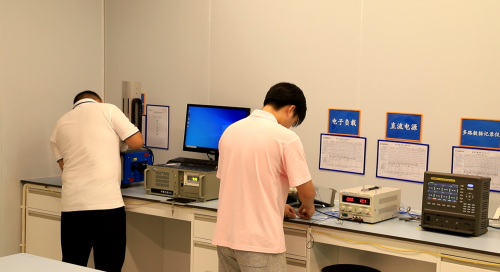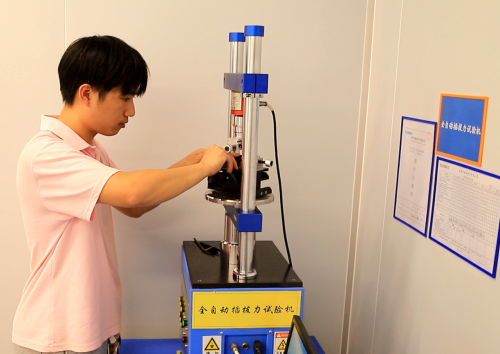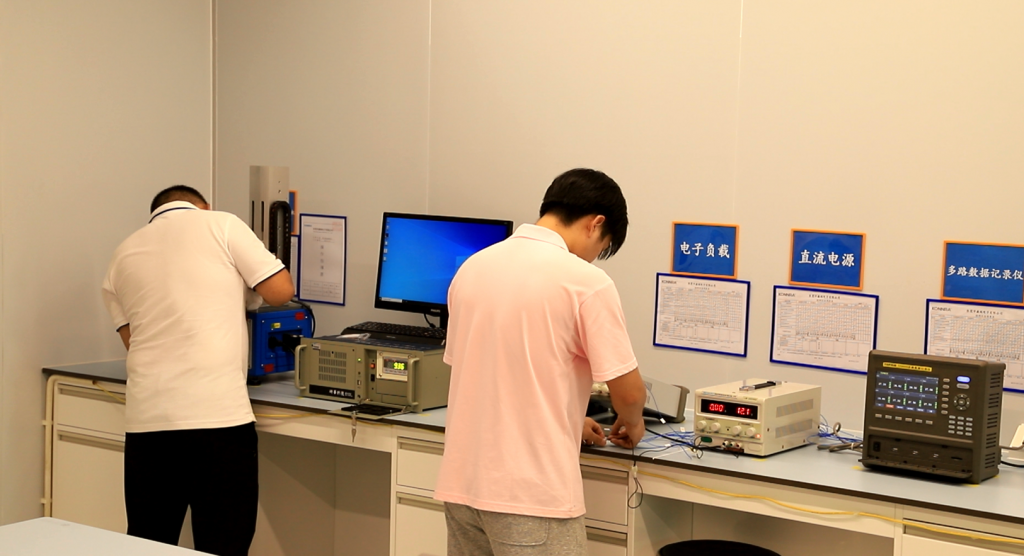Terminal retention force is a key parameter in the design of electronic connectors, which is directly related to the reliability and safety of the connector. If the terminal retention force of an electronic connector is too small, it may cause the terminal to slip or even fall off from its assembly position during use or transportation, resulting in connector failure and great safety hazards. Therefore, when designing electronic connectors, it is necessary to include the terminal retention force as an important design consideration.

The design criteria for terminal retention force involve multiple factors, including the type of plastic material, the design of the interference amount, the length of the bump plane, the type of latch, etc. For example, the holding power of plastic materials varies greatly. For the same tenon and interference design, the holding power of different plastics will be significantly different. It is best to design the amount of interference between 40mm and 100mm, because when the amount of interference is less than 40mm, the holding force is unstable, and when the amount of interference is greater than 100mm, the holding force will not increase. The length of the bump plane has a great relationship with the holding force. The longer the length, the greater the holding force. The holding force of the single-sided tenon is greater than that of the double-sided tenon, and the holding force of the double-protruding point is greater than that of the single-protruding point, but the difference is not obvious.
In the automotive industry, terminal retention is also very important. According to the latest automotive industry standard QC/T1067.1-2017 , terminals of different specifications need to meet different retention requirements. If the terminal retention force is too low, the reliability of the terminal in the sheath will be reduced, especially during the movement of the vehicle body, the wiring harness increases the traction of the terminal. If the terminal clamping force is too small, the terminal will fall out of the sheath, resulting in connector transmission failure.
In summary, terminal retention force is a key factor in ensuring the reliability and safety of connectors, which directly affects the functional realization and safety of connectors. Therefore, when designing connectors, the design and testing of terminal retention force must be fully considered to ensure the performance and safety of connectors in actual applications.

KONNRA Connectors not only has a professional R&D team, but the KONNRA laboratory has also passed the CNAS China National Accreditation. In the process of developing new products, KONNRA Connectors can independently complete the terminal testing to ensure that every detail is not overlooked. Before the new products are about to be launched on the market, they will be sent to a third-party laboratory for strict testing to ensure the fairness and justice of the test results, which fully reflects KONNRA Connectors’ persistent pursuit of quality and firm commitment to customer responsibility.










